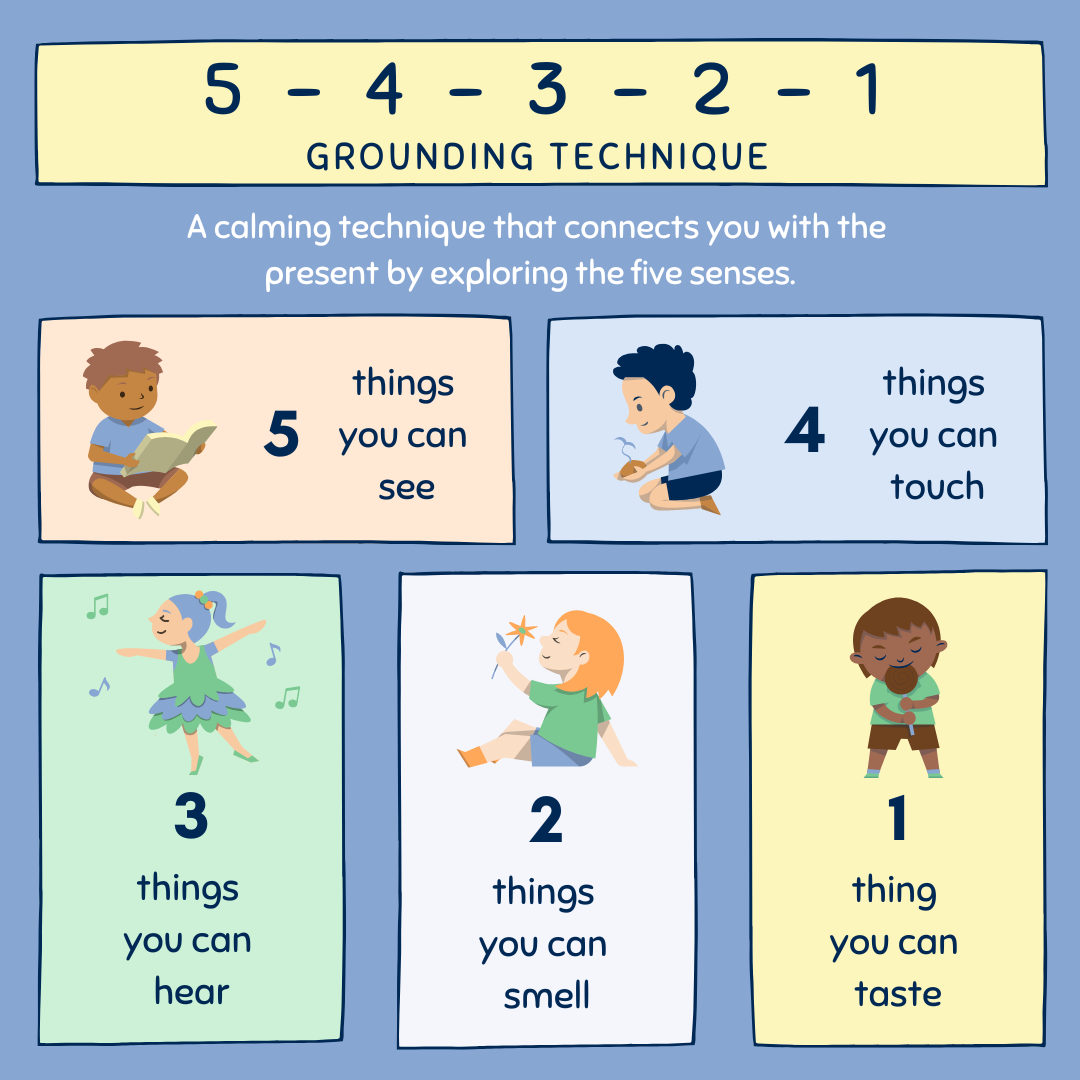Masks are now an essential item needed to be in the community. We grab our wallet, cell phone, car keys, and now a mask. Here are some ideas to increase the likelihood your client will tolerate this new “hot item.” (Literally, masks are hot and uncomfortable.)
How can we teach our clients to wear a mask?
- We all have our favorite Disney characters and superheroes. You can find masks in all colors and designs so try to get one the client will enjoy.
- Start with a halloween mask or winter scarf. Especially if the client has a history of tolerating these items.
- Sometimes it helps to see someone else do it. Model it, show pictures, or even videos of people wearing masks.
- Slowly increase the time wearing a mask at home before going into the community. Home is a safe place to teach new skills. See how long, if even at all, they will wear a mask. Then slowly work on increasing the amount of time. You can even use a timer so the client has a visual for when he can remove the mask.
- Make sure to have the client practice wearing the mask with caregivers as well so you aren’t the one that controls the behavior.
- Try short trips in the community in which you accompany the caregiver and client to ensure success. Bring the child on a quick errand and make sure to reward afterward for leaving the mask on.
- Pair with something preferred. You could have them engage in a preferred activity while wearing a mask. For example, put on their favorite movie, play some music, allow them to play video games or explore apps on the iPad. You may need to pause the activity if they remove the mask. This is a clear signal that the fun activity does not continue unless they keep the mask on.
- If you find you need to provide extra motivation, a first then board may come in handy. Have the “Then” activity be a highly preferred item that can be restricted at other times.
- A behavior contract is also helpful to specify a clear contingency. The client needs to keep the mask on for the predetermined time or while in the community. If and only if they do that, then they gain access to a preferred item.
- Teach incompatible behavior such as putting their hands in their pockets, holding items, and if they are young, hold their hand.
Those are just some ideas to help teach clients to wear a mask. Our clients may not understand the reasons they all of a sudden need to wear a mask in the community, but teaching the skill of wearing one can help lessen the angst the caregivers already face in in the community.












